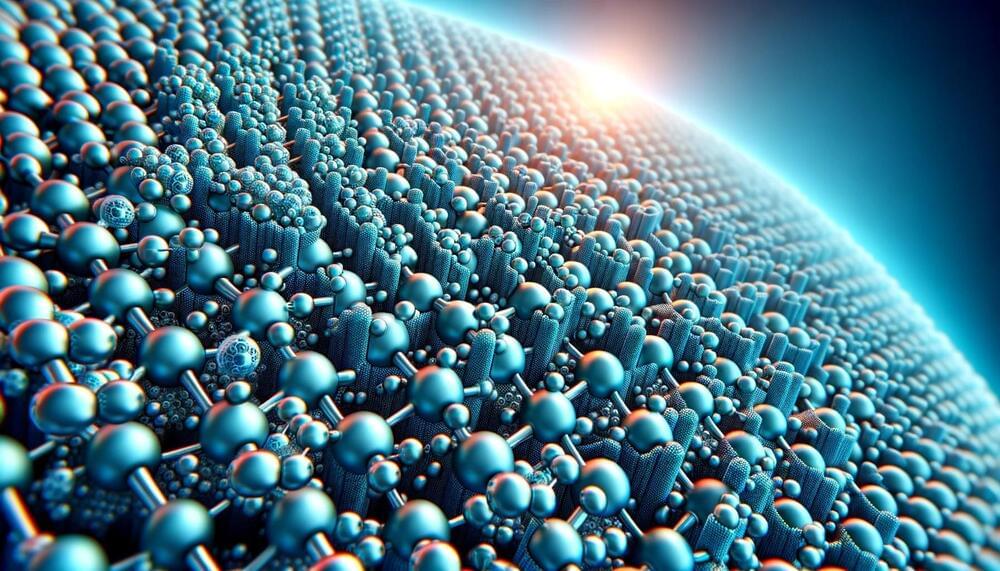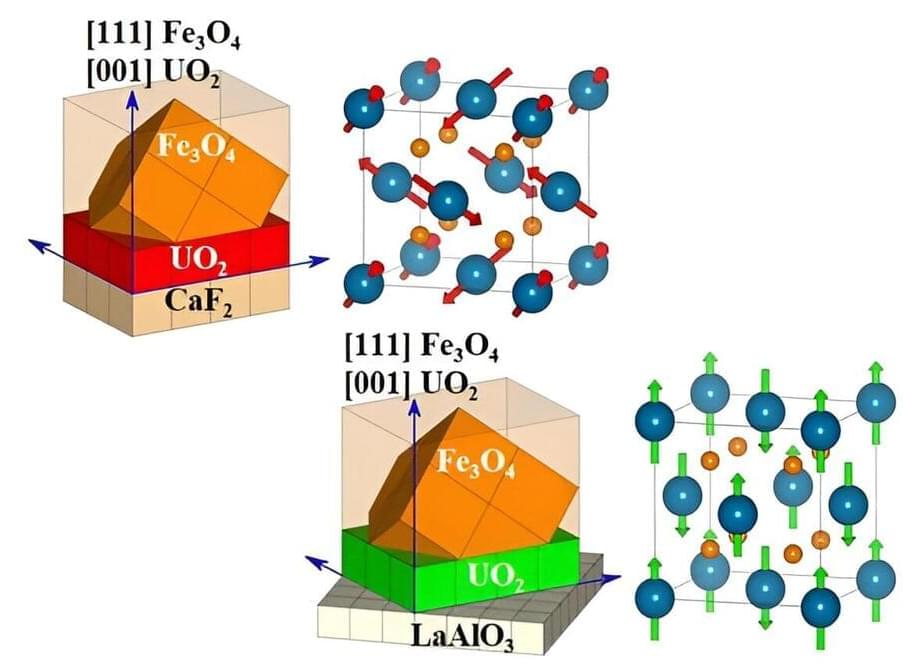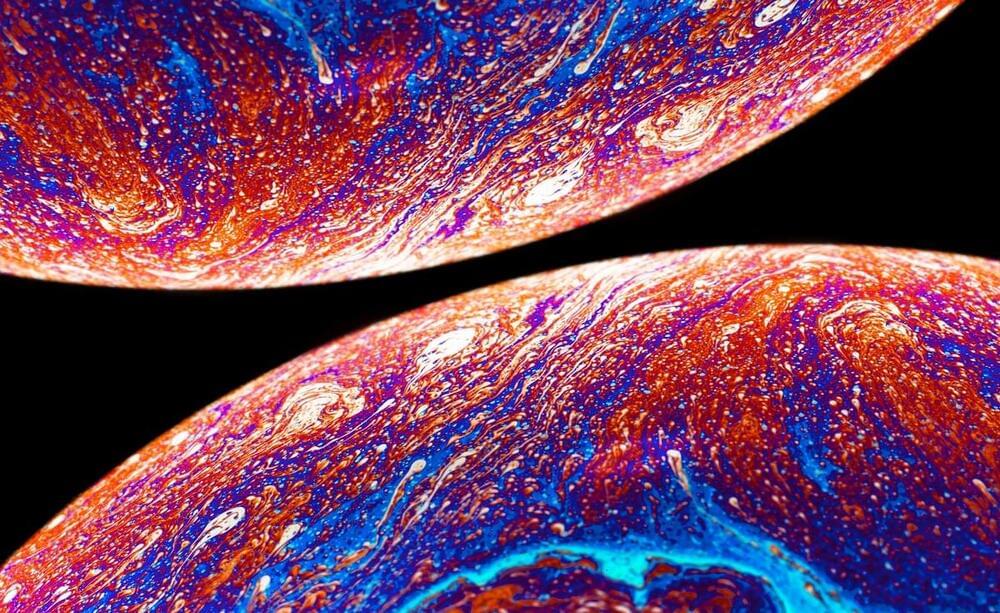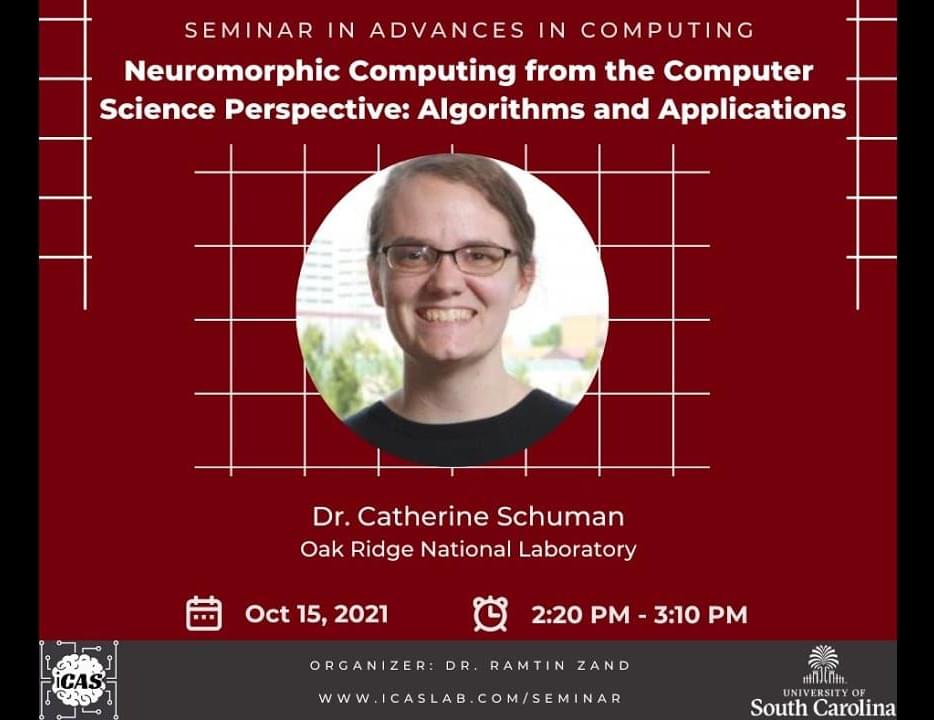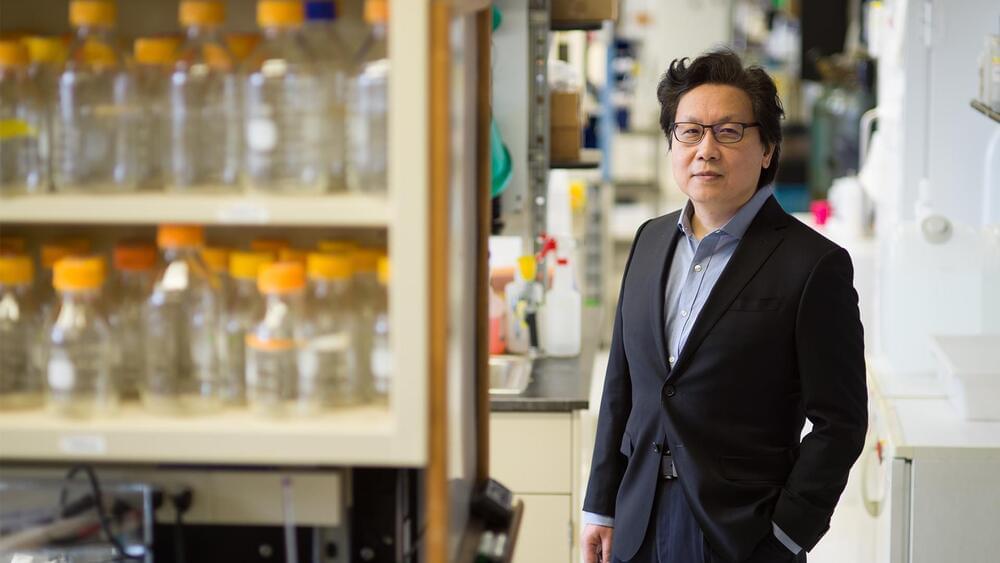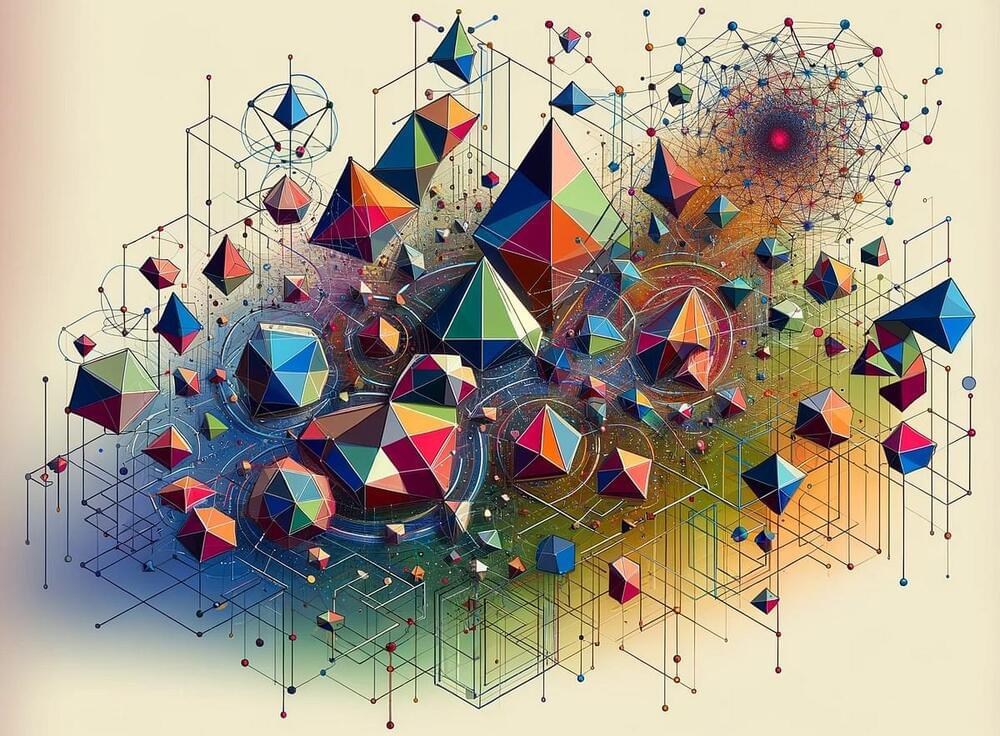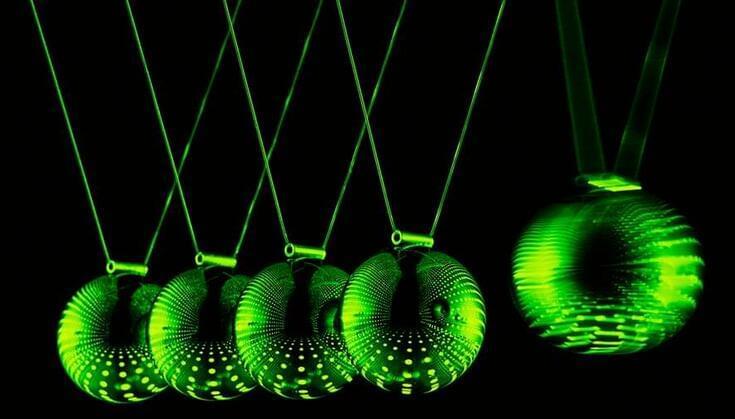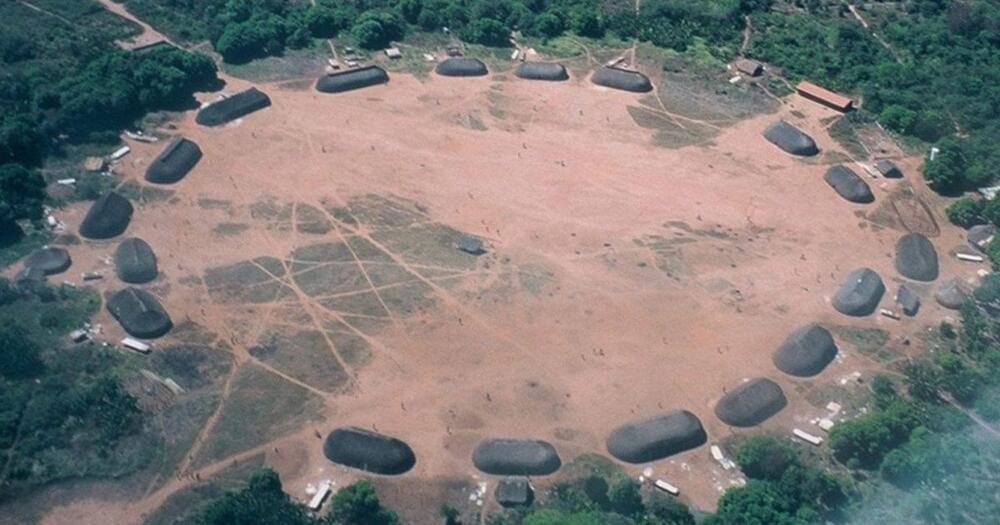Feb 21, 2024
Ultra-high density hydrogen storage holds twice as much as liquid H2
Posted by Shailesh Prasad in categories: energy, transportation
A nanoporous material that holds hydrogen at twice the density of cryogenic liquid H2 could address the challenges of large-scale liquid and gas storage that have held this clean fuel back.
Hydrogen is finding plenty of applications as a clean fuel – in trucking and commercial vehicles, short range aviation and shipping, for example, where it carries considerably more energy per weight and volume than lithium batteries and can deliver superior range figures and quick refueling. You can burn it more or less like gasoline, or run it through a fuel cell to generate electric power.
It has the highest energy per mass of any fuel, but it’s a pain to store. Keep it in gas tanks and you’ll need some 700 atmospheres’ worth of compression. Keep it as a liquid, and you’ll need to maintain cryogenic temperatures just 20 degrees above absolute zero. And even when squashed into a supercooled liquid, it might be lightweight, but it takes up a surprising and inconvenient amount of volume, making it both energy-hungry and tough to package where space is an issue.
